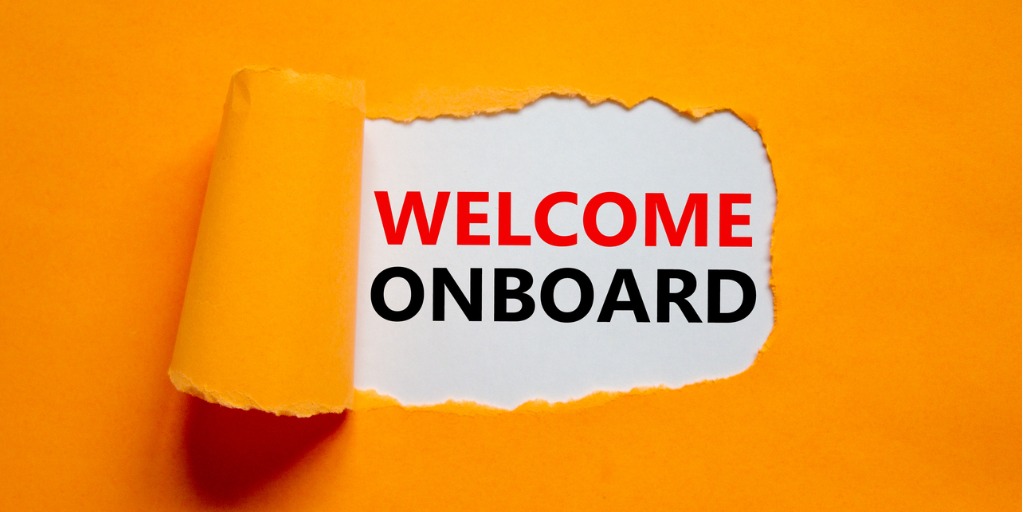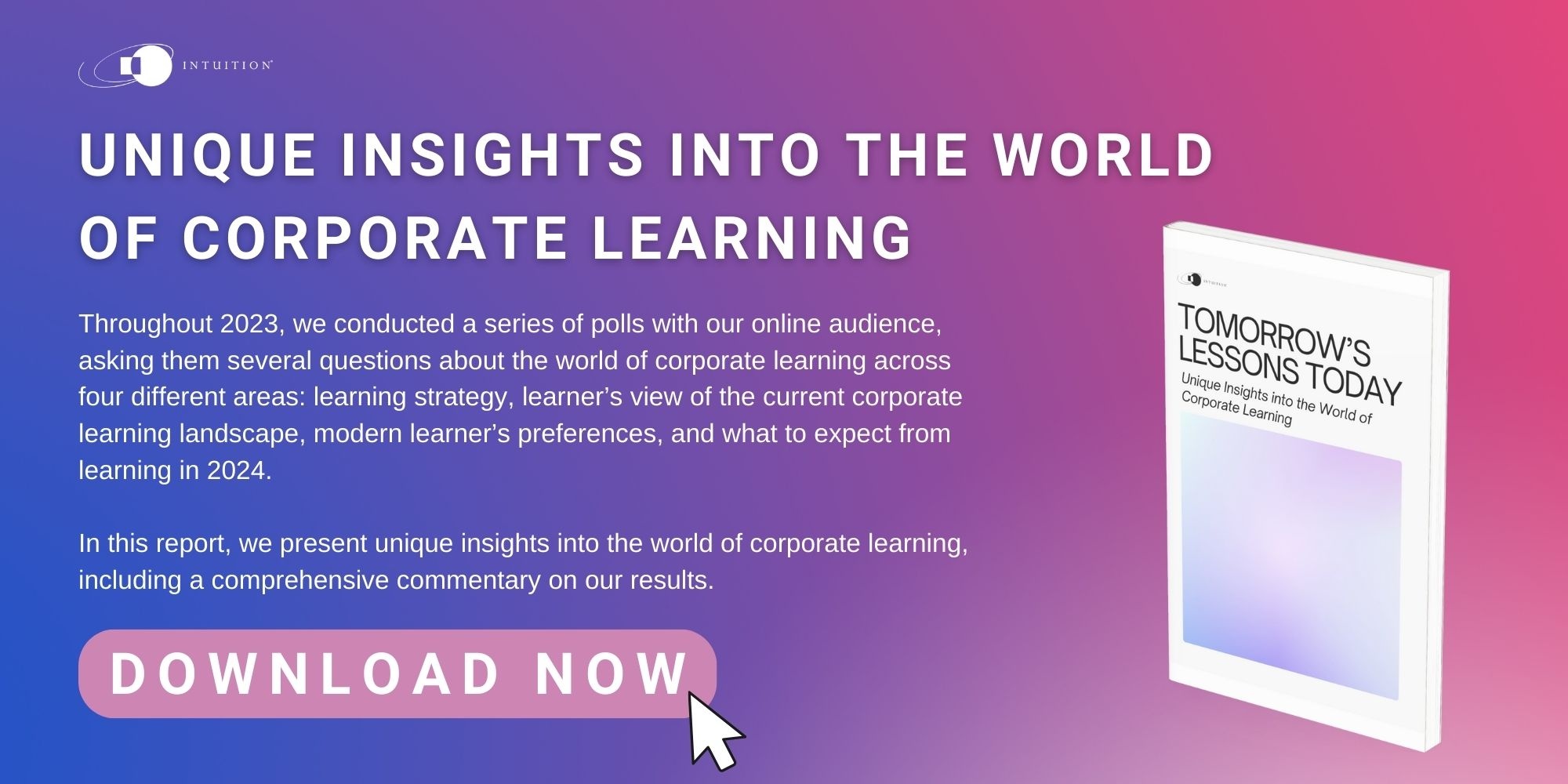Onboarding new hires in 2024: A definitive guide
The process of onboarding new hires is undergoing a transformation, influenced by technological advancements and evolving workplace norms. The traditional, one-size-fits-all approach to onboarding is being replaced by strategies that emphasize personalization, engagement, and the use of cutting-edge technologies such as artificial intelligence (AI) and virtual reality (VR).
This shift is not only about making onboarding more efficient through automation and real-time support but also about enriching the experience for new employees through immersive and interactive experiences. As remote work becomes more prevalent and digital natives increasingly enter the workforce, organizations are tasked with revising their onboarding processes to be more inclusive, adaptable, and focused on fostering a productive and engaged workforce from day one. This new era of onboarding is characterized by a strong emphasis on human skills training and mental health support, acknowledging the unique challenges faced by a generation that has grown up in a predominantly digital environment. Through these tailored onboarding experiences, companies aim to not only attract and retain top talent but also ensure a seamless transition for new hires, setting the stage for their long-term success and satisfaction within the organization.
Onboarding trends
The onboarding landscape in 2024 is set to undergo significant transformation, moving away from generic approaches to embrace more personalized, engaging, and technology-enhanced experiences. This shift is driven by the integration of advanced technologies along with changing work norms such as the rise of remote work and the increasing presence of digital natives in the workforce.
As businesses prepare for change, adapting to future work norms and technological advancements becomes imperative. This involves revising existing onboarding processes to include digital tools and platforms, focusing on personalization, and ensuring that onboarding practices are inclusive and adaptable to accommodate remote hires. Additionally, the importance of human skills training and support for health and wellness is recognized, especially for a workforce that has increasingly grown up in a digital-first environment.
By prioritizing these areas, companies aim to not only attract and retain top talent but also equip new hires for successful integration into their roles, ensuring a seamless transition and fostering a productive and engaged workforce.

Challenges for new hires
In 2024, new hires entering the workforce face a complex set of challenges that are primarily centered around adapting to the unique culture, communication styles, and dynamics of their new workplace. Upon joining an organization, they more often than not encounter an established ecosystem with its specific norms, ethics, and interpersonal dynamics that dictate everything from dress codes to decision-making processes. Adapting to this new context is crucial for successful integration into the team and becoming effective in any given role. Moreover, the task of deciphering what can often be unwritten rules, understanding power dynamics, and navigating office etiquette adds to the complexity and stress of their transition. These elements, combined with the necessity of mastering in-person communication—a vital aspect of building rapport and fostering collaboration within teams—pose significant hurdles to even the most accomplished candidate. The challenge faced by new entrants is amplified by the digital-native background of many new hires, who may find the adjustment to traditional, in-person interaction styles particularly daunting.
To address these challenges, companies are increasingly deploying several strategies aimed at facilitating a smoother adjustment for new hires. Comprehensive onboarding programs, mentorship initiatives, and social events are designed to provide new employees with a thorough understanding of company culture, office norms, and communication styles.
Effective human skills training is also being prioritized, equipping new hires with the necessary tools for effective communication, fruitful collaboration, and building resilience.
Opportunities for new hires
Networking and professional relationships are fundamental to the growth and success of individuals and organizations alike. They are cultivated through proactive engagement, sharing of ideas, and collaboration, offering more than mere professional advancement. These connections foster a sense of community, mentorship opportunities, and open doors to new possibilities, acting as vital lifelines within an organization. Building strong professional relationships enhances trust and collaboration, and contributes to a positive working environment, leading to increased job satisfaction, performance, and commitment to the organization. Additionally, such relationships can unlock new opportunities for career advancement, acting as a robust support system for navigating professional journeys.
For new hires, early networking is crucial in understanding company culture, establishing a presence, and integrating successfully into the organizational framework. It offers a platform for showcasing skills, sharing ideas, and contributing to organizational goals. Networking assists new hires in overcoming initial job challenges, providing support for adaptation and professional growth. Furthermore, organizations play a key role in facilitating this integration by organizing team-building activities, professional development events, and informal meet-ups. These initiatives encourage collaboration, communication, and the building of strong relationships, not only among peers but also with senior colleagues, through mentoring programs and professional development opportunities. Such environments promote a sense of community, belonging, and foster a positive work culture, essential for the engaged and successful assimilation of new hires into the company.
[How networking fosters professional relationships for new hires]
Getting accustomed to hybrid
The shift toward hybrid work models, whereby remote and in-office work are blended, represents a significant change in the traditional working paradigm, largely influenced by the global pandemic. This model offers a flexible arrangement that caters to diverse employee preferences, enhancing productivity and facilitating a smoother transition for new hires. It allows employees to alternate between remote work, reducing commute anxiety and adapting to new environments at their own pace, and in-office work, where they can immerse themselves in company culture and engage directly with colleagues. The flexibility of the hybrid model not only supports individual work styles but also addresses challenges such as in-person social anxiety, particularly among younger employees who may have missed critical social interactions during their developmental years.
Hybrid work models are of course supported by technology that enables seamless communication, collaboration, and task management, ensuring that employees remain connected, productive, and available regardless of their location. The choice between remote and in-office work allows employees to select work environments that suit their tasks, mood, or preferences on any given day, promoting job satisfaction and well-being. Flexible schedules further enhance this model by allowing employees to work during their most productive hours, contributing to a healthier work-life balance and attracting a diverse talent pool. As organizations continue to navigate post-pandemic realities, the hybrid work model has emerged as a key strategy for fostering an inclusive, adaptable, and resilient workforce, reflecting its growing relevance in the future of work.

The role of continuous learning
Continuous learning and development have become indispensable in today’s ever-evolving business landscape, where the rapid pace of technological advancements and changes in work dynamics necessitate the constant enhancement of skills and knowledge. Unlike the past, where learning was often confined to initial education and training for specific job roles, the modern professional environment demands a proactive approach to learning that spans an individual’s entire career. This approach is crucial for staying abreast of industry trends, adapting to new technologies and methodologies, and ensuring sustained competitiveness and relevance in one’s field. Beyond the acquisition of important and appropriate technical skills, continuous learning also embraces the development of human skills such as communication, teamwork, and leadership, which are increasingly recognized for their critical role in effective professional performance and leadership.
Organizations play a vital role in facilitating this ongoing learning process, offering various programs and creating a culture that both values and encourages skill development. This may include workshops, online courses, and other learning opportunities tailored to both the technical and human skills needed in today’s workforce. These and other initiatives not only help individuals adapt and thrive amid changes but also contribute to job satisfaction, employee retention, and ultimately, the overall success of the organization. Furthermore, continuous learning opens up new career opportunities, enabling professionals to advance into new roles and leadership positions, thereby enhancing job satisfaction and the potential for higher earnings. In essence, the commitment to continuous learning and development is a key factor in unlocking professional growth and achieving long-term success in the modern workplace.
[How continuous learning and development shapes success for new hires]


